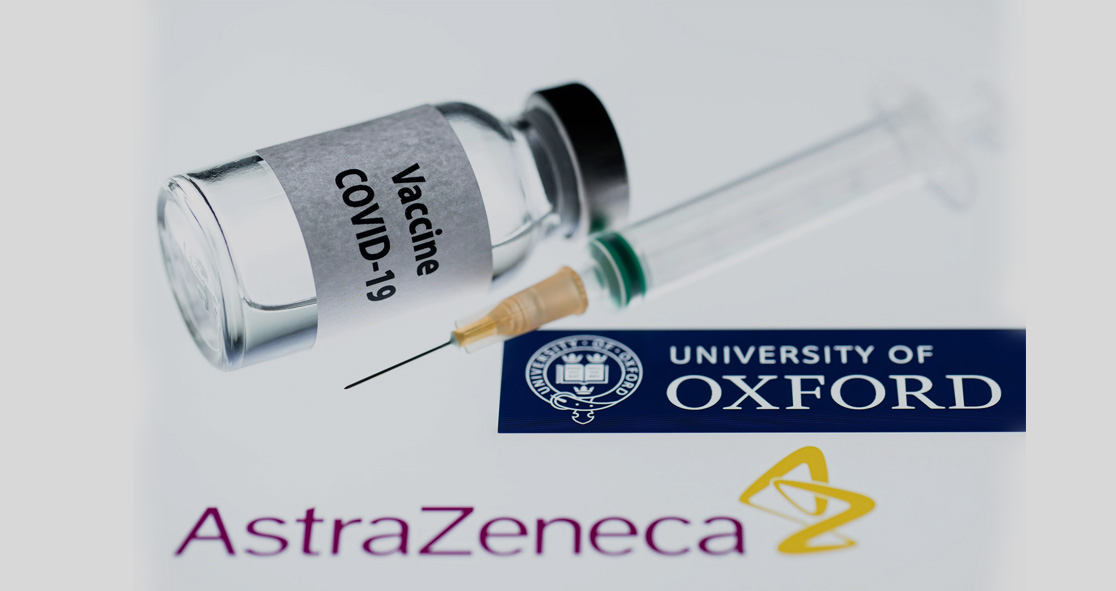On Wednesday, AstraZeneca and Oxford University acknowledged a manufacturing error that has raised questions over the preliminary results of their COVID-19 vaccine candidate.
Their statement regarding the error has come days after they described their experimental coronavirus vaccine as “highly effective.” They also did not mention why some participants did not receive as much vaccine in the first of two shots as expected, according to Medical Xpress.
Surprisingly, some volunteers who received a lower dose of the vaccine were much better protected than those who received two full doses.
AstraZeneca said in the low-dose group, the vaccine seemed to be 90% effective, while in the two-full-dose group, the vaccine appeared to be 62% effective. Overall, the vaccine appeared to be 70% effective, according to AstraZeneca and Oxford University.
However, these varied results prompted experts to raise questions.
On Wednesday, Oxford University said some of the vials used in the clinical trial did not have the right concentration of vaccine, which is why some volunteers received a half dose.
The university said that it has discussed the errors with drug regulatory bodies, and agreed to complete the Phase 3 trial with two groups. It also said that the manufacturing error has been corrected.
Some experts said it is difficult to assess the efficacy of the vaccine in a relatively small number of people in the low-dose group. More than 2,740 participants received a half dose of the experimental COVID-19 vaccine followed by a full dose, according to AstraZeneca said. And nearly 8,900 people received two full doses.
The experts also raised concerns over another factor: no participants in the low-dose group were above 55 years of age. They said younger people can have a stronger immune response than older individuals. Therefore, the vaccine was found to be more effective due to the youth of the participants in the low-dose group, not the size of the dose.
Prof. David Salisbury, Associate Fellow, Global Health Program, Chatham House, said another concern comes from a “decision to pool results from two groups of participants who received different dosing levels to reach an average 70% effectiveness.”
He explained, “You’ve taken two studies for which different doses were used and come up with a composite that doesn’t represent either of the doses. I think many people are having trouble with that.”
Upon asking why a low-dose first dose was more effective than the two full-dose, Oxford University researchers said they are not certain and they have been working to uncover the reason.
Lead researcher of the trial Sarah Gilbert said, “It’s the Goldilocks amount that you want, I think, not too little and not too much. Too much could give you a poor quality response as well. So you want just the right amount and it’s a bit hit and miss when you’re trying to go quickly to get that perfect first time.”
So, what’s next? AstraZeneca and Oxford University will provide detailed results of the trials to U.K. regulators so they can decide whether to approve the distribution of the vaccine.
Moncef Slaoui, who leads the US COVID-19 vaccine program Operation Warp Speed, has recently told reporters that US officials have been trying to determine what kind of immune response the vaccine produced.
He said the officials may decide to modify the AstraZeneca/Oxford University trials in the US to include a half dose. “But we want it to be based on data and science,” he added. The article originally appeared on Medical Xpress.























